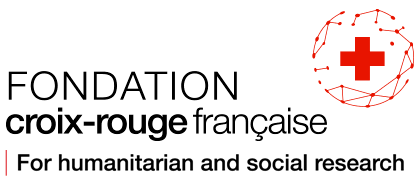Identifying humanitarian actors and their intervention strategies in Côte d’Ivoire gives humanitarians, donors, decision-makers and other audiences a clearer picture of the humanitarian environment, and a better understanding of the specific nature, usefulness and realities experienced by humanitarians in carrying out their mission.
Côte d’Ivoire, a country with a predominantly agricultural economy, has been marked for over two decades by the deterioration of intercultural relations. These have deteriorated all the more since the post-electoral crisis has given rise to inter-ethnic clashes, especially in the Guemon and Cavally regions, where clashes have been more violent and deadly. The need to ease tensions led to the involvement of several actors, including humanitarian aid workers, in social cohesion actions. However, after almost five years of activity, the results remain mixed, as the will of all parties seems to be thwarted by the crystallization of the protagonists over the land issue.
